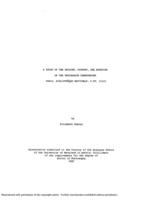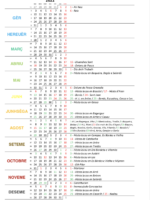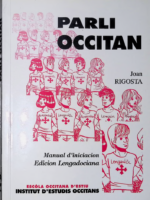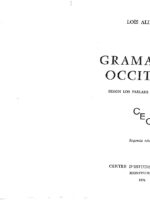Recommended Books
-
Songs of the Women Trouvères
0,00 €We bring together here the songs of all medieval women whose names are recorded in the rubrics or tables of contents of various Old French manuscripts as composers of songs or as participants in jeux-partis and tensons (debate poems). The songs by women whose names are known are relatively few in number, but there were undoubtedly many more women composers, and whereas their names are lost to us, some of their songs are probably still extant, though bereft of proper attribution. Accordingly, we have chosen to include a generous sampling of anonymous works—chansons de femme (women’s songs), rondeaux, and motets—both because they offer a wide variety of female voices and because some of these pieces may well have been composed by women. We hope in this way to rectify a situation that for many years has denied women their rightful place in the pantheon of Old French medieval lyric poets.
For, as surprising as it may seem, the very title of our anthology, Songs of the Women Trouvères, makes a bold, even controversial, statement. Although nearly all scholars now acknowledge the existence of medieval women who composed poetry in other romance languages (Occitan, Spanish, Italian, Galician- Portuguese), most have accepted without question Pierre Bec’s contention that none of the songs composed in northern France in the twelfth or thirteenth centuries are the product of a woman trouvère (Bec 1979: 236). A number of Old French songs feature women’s voices ( féminité textuelle), particularly in the lyric type known as the chanson de femme. However, féminité textuelle does not necessarily imply female authorship (féminité génétique), to use a distinction introduced by Bec himself (1979: 235–36). The majority of these songs are anonymous, but because most of the ones that are attributed in the manuscripts are credited to a male author, Bec has concluded that no Old French songs of the period in question were composed by women. Although many have agreed with Bec, the literary history of the past 125 years includes a few dissenters who base their opinion on evidence that until recently was either ignored or not seriously considered. A brief summary of that history is instructive, as it highlights the major arguments for and against the historical existence of the women trouvères.
-
A Study of the Origins, History, and Notation of the Troubadour
0,00 €The chansonnier Paris, Bibliotheque nationale, f. fr. 22543 (known as “R”) has been recognized for over 200 years as a precious repository of the literature of the medieval troubadours of southern France. It transmits almost 950 lyric poems and 160 melodies, along with many other important writings in the Occitan language, many of which are unica.
The paleography, decoration, and dialect of the manuscript are described thoroughly, and their distinctive features are seen to support the hypothesis that R was compiled in northern Languedoc or western Provence around 1300. While most of the texts of R were copied by one scribe, the relatively few melodies it contains were probably notated by at least four different copyists. Over eighty percent of the poems were never supplied with their melodies, even though musical staves were provided; these staves were left empty. The notation is in the style of the so-called Notre Dame school of Paris, and the rhythms of the notes are not apparent, although a few seem to be in rudimentary mensural notation.
The manuscript contains some works of the troubadours of the early twelfth century, and also a large number of works by late thirteenth-century poets. By examining internal paleographical data and making comparisons with other extant codices, it is possible to offer suggestions on the nature of the exemplars of this heterogeneous collection. The problems of determining how the texts and melodies were transmitted are investigated, including the issues of oral transmission, the lack of extant autographs, the disparity in the origins of the surviving manuscripts, and the variant attributions. The musical transmission is especially problematic, since only three other sources containing music survive. The forty-five concordances that R shares with these other codices are discussed.
A review of the modern history of the manuscript shows that the earliest known owner was the Marquise d’Urfe of the early eighteenth century. The commonly accepted belief that R was in the library of her ancestor the poet Honore d’Urfe in the seventeenth century is found to be unsupported by the available evidence.





